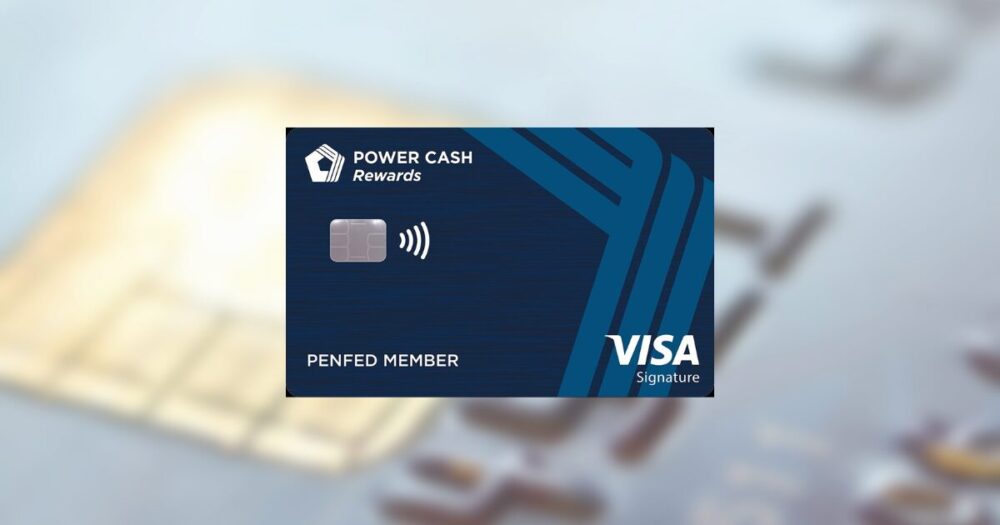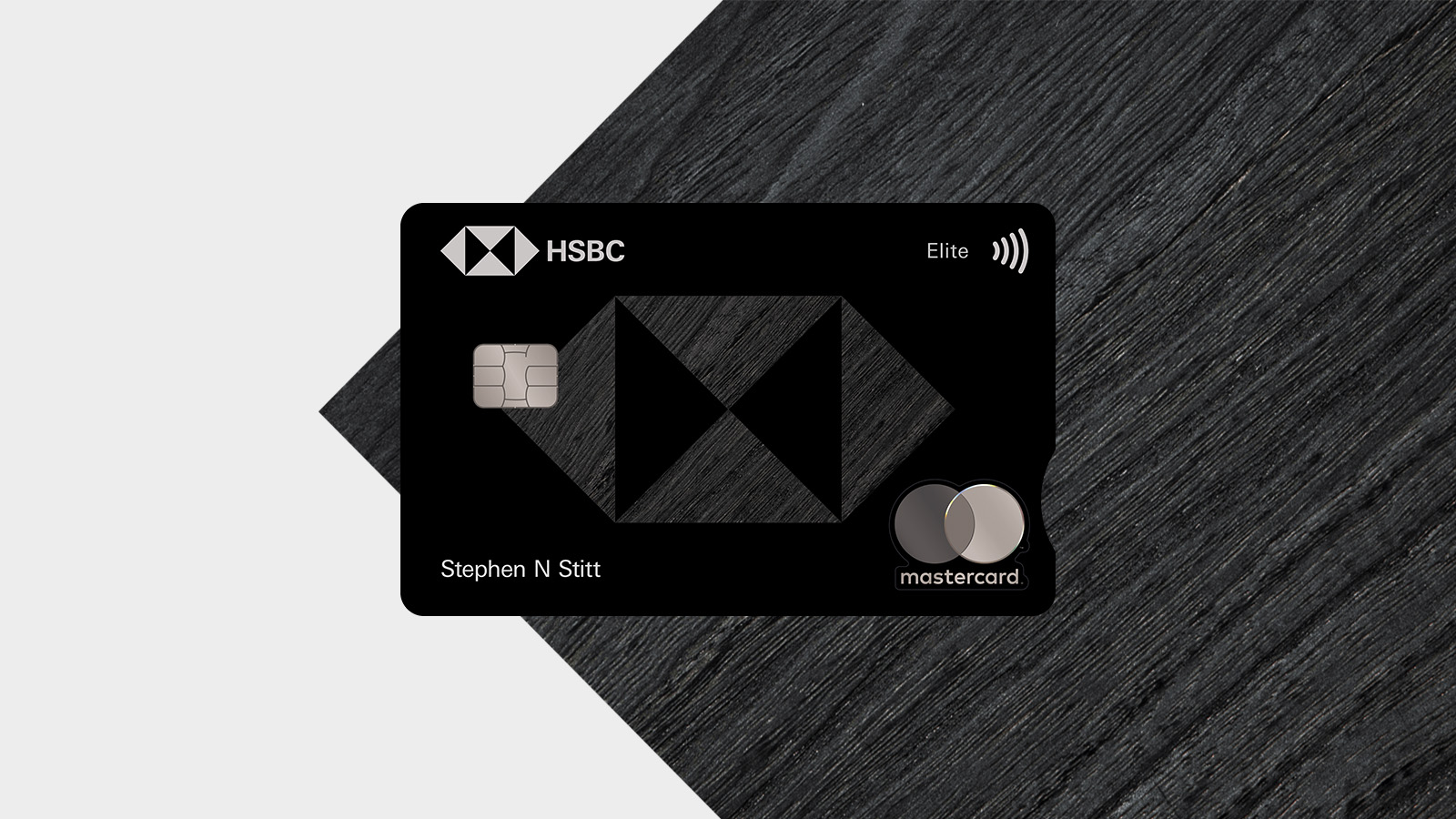Difference between digital and traditional bank credit cards

Understanding the Basics
In today’s fast-paced financial world, the choice between a digital bank credit card and a traditional bank credit card has become increasingly important. While both types offer ways to make purchases, they each come with distinct features and benefits that cater to different consumer preferences.
What Sets Them Apart?
- Accessibility: Digital credit cards can be accessed via mobile apps, allowing users to make purchases with just a few taps on their smartphones. For example, a digital card can be quickly added to a mobile wallet like Apple Pay or Google Wallet, making online shopping and contactless transactions effortless and fast.
- Physical Presence: Traditional credit cards, on the other hand, have a physical form that some consumers still prefer. This is especially relevant for individuals who are accustomed to carrying cash and cards, providing them with a tangible element during in-person transactions, such as at restaurants or retail stores.
- Security Features: Digital cards often come equipped with advanced security measures, such as robust encryption and instant transaction alerts. These features are designed to protect against unauthorized transactions. For instance, if a charge appears that you did not initiate, a digital card app typically allows you to freeze or deactivate the card almost immediately.
The rise of digital banking has significantly transformed how consumers interact with their finances. Many users appreciate the tech-savvy solutions that digital credit cards offer, such as the ability to set spending limits, monitor transactions in real-time, and earn rewards points via app-driven promotions. On the other hand, traditional cards maintain their foothold among those who value physical cash management, as they often feel more secure knowing they have a card in hand, especially during travel or emergencies.
Why It Matters
Understanding the differences between digital and traditional credit cards can help you make informed decisions tailored to your personal lifestyle. For example, if you frequently shop online and prefer to avoid carrying cash, a digital credit card may be a better fit. Conversely, if you often engage in face-to-face transactions and might not always have access to your smartphone, a traditional credit card could provide the reliability you need.
Ultimately, knowing your options is crucial. Assessing your spending habits, security preferences, and convenience requirements can guide you toward the best choice for your financial needs. By evaluating the evolving landscape of credit cards, you empower yourself to manage your finances with confidence.
Examining Functionality and Usability
The distinctions between digital and traditional bank credit cards extend beyond mere accessibility; they also involve functionality and overall usability. Understanding these differences can significantly influence how individuals manage their spending and engage with their financial institutions.
Functionality Features
- Transaction Types: Digital credit cards are designed primarily for online and contactless transactions. They are especially beneficial in today’s digital-first commerce environment, offering seamless payment solutions for e-commerce websites and mobile apps. With features like one-time use numbers or virtual cards, digital cards enhance security during online shopping, minimizing the risk of fraud.
- Rewards and Incentives: Many digital credit cards come with an array of rewards programs that can be easily managed through an app. Users can track points, monitor their spending habits, and redeem rewards directly from their mobile devices. This real-time tracking encourages users to maximize their spending benefits, making digital cards appealing to frequent shoppers.
- Integration with Financial Management Tools: Most digital banking platforms allow for seamless integration with personal finance applications. This makes it easier for users to categorize purchases, set budgets, and receive tailored financial advice. These smart analytics can provide insights into spending patterns, helping consumers make informed decisions about their finances.
On the other hand, traditional credit cards offer their own unique functionalities that remain relevant in today’s banking landscape. While they may lack some of the advanced features that digital cards possess, they come with certain advantages worth noting.
Usability Considerations
- Physical Acceptance: Traditional credit cards are universally accepted across various merchants, especially in places where digital payments might not be suitable. If you’re traveling in remote areas or at local markets, having a physical card can ensure that you won’t encounter unexpected payment issues.
- Consumer Trust: For many users, holding a physical card enhances the psychological comfort linked to spending. The tangible nature of a traditional credit card provides a sense of security, especially for those who are not as comfortable with technology or who prefer to see a clear representation of their finances.
- Emergency Access: In situations where digital devices might fail—whether due to low battery, connectivity issues, or technical glitches—a physical credit card ensures that you have a backup option to access funds and make necessary purchases. This reliability can be paramount during emergencies.
In summary, while digital credit cards excel in convenience and security for online transactions, traditional credit cards maintain their relevance through their physical presence and widespread acceptance. Depending on your lifestyle and spending habits, each type of card offers distinct advantages. Taking the time to evaluate these features can help you select the card that best meets your needs. Being informed allows you to navigate your financial world with greater assurance and flexibility.
Security Measures and User Experience
The security of financial transactions is a crucial aspect that often influences users’ preferences between digital and traditional credit cards. Both types of cards have security measures in place, but they operate quite differently, impacting the user experience and confidence in online and physical transactions.
Security Features
- Fraud Detection: Digital credit cards often utilize advanced algorithms to monitor transactions in real time, flagging unusual activity and notifying users immediately. This feature can help prevent unauthorized transactions before they occur. For instance, if a user’s card details are compromised and a transaction is attempted from a different state, an instant alert can be generated, allowing for swift preventive actions.
- Encryption and Tokenization: Many digital cards employ cutting-edge encryption techniques and tokenization, which replace sensitive card information with unique identifiers, ensuring that your actual card details are never shared during a transaction. This provides an extra layer of security, particularly while making online purchases or using apps for payment.
- Two-Factor Authentication: Digital credit card platforms frequently incorporate two-factor authentication (2FA), which requires users to verify their identity through an additional step, such as a text message confirmation. This extra layer of protection proves beneficial, safeguarding users against potential hacking attempts.
Conversely, traditional credit cards come with their own robust security measures, albeit typically less advanced than those of digital counterparts. They usually rely on established protections such as chip technology and fraud protection policies to combat unauthorized use.
User Experience and Accessibility
- User Interface: Digital credit cards typically offer user-friendly interfaces through mobile apps or websites, making it easy to monitor transactions, set alerts, and manage finances on the go. For instance, a user can quickly check recent purchases or pay their bill directly through their smartphone app, enhancing the simplicity of tracking expenses.
- Card Limit Management: Many digital banking platforms allow users to customize their card limits easily and adjust settings according to their financial needs. This flexibility can help individuals manage their spending habits more effectively compared to traditional cards, where adjustments often require direct correspondence with customer service.
- Instant Issuance: Digital credit cards allow users to obtain a card instantly upon approval. This is particularly advantageous for emergencies or immediate purchases since users do not have to wait for a physical card to arrive in the mail, which can take days or even weeks.
On the other hand, the user experience with traditional credit cards includes generating statements via mail or online, which might not be as instantaneous as digital alternatives. However, many users appreciate the reliability of receiving a physical statement that they can review at their leisure, as opposed to keeping up with notifications on a mobile device.
In summary, both digital and traditional credit cards offer unique security measures and user experiences that cater to different consumer preferences. Understanding these differences in security features and usability will empower consumers to make informed decisions that align with their personal financial management styles.
Conclusion
In today’s financial landscape, understanding the differences between digital and traditional credit cards is essential for making informed choices that align with your spending habits and security needs. As we’ve explored, digital credit cards leverage cutting-edge technology to enhance security and provide a seamless user experience. Features like real-time fraud detection, encryption, and two-factor authentication not only protect against unauthorized transactions but also foster a sense of confidence when managing your finances online.
On the flip side, traditional credit cards deliver a sense of reliability, with features such as chip technology and printed statements that many consumers still find reassuring. While they may lack some of the advanced protections found in digital alternatives, they continue to serve as a dependable option for users who prefer a tangible connection to their financial transactions.
Ultimately, the choice between a digital or traditional credit card boils down to personal preference. Factors like convenience, speed, and security are crucial in today’s fast-paced world. It is important to assess your lifestyle and financial goals, as well as understand the benefits and drawbacks of each type of card. By doing so, you will be better equipped to choose the card that not only meets your immediate needs but also supports your long-term financial health.


